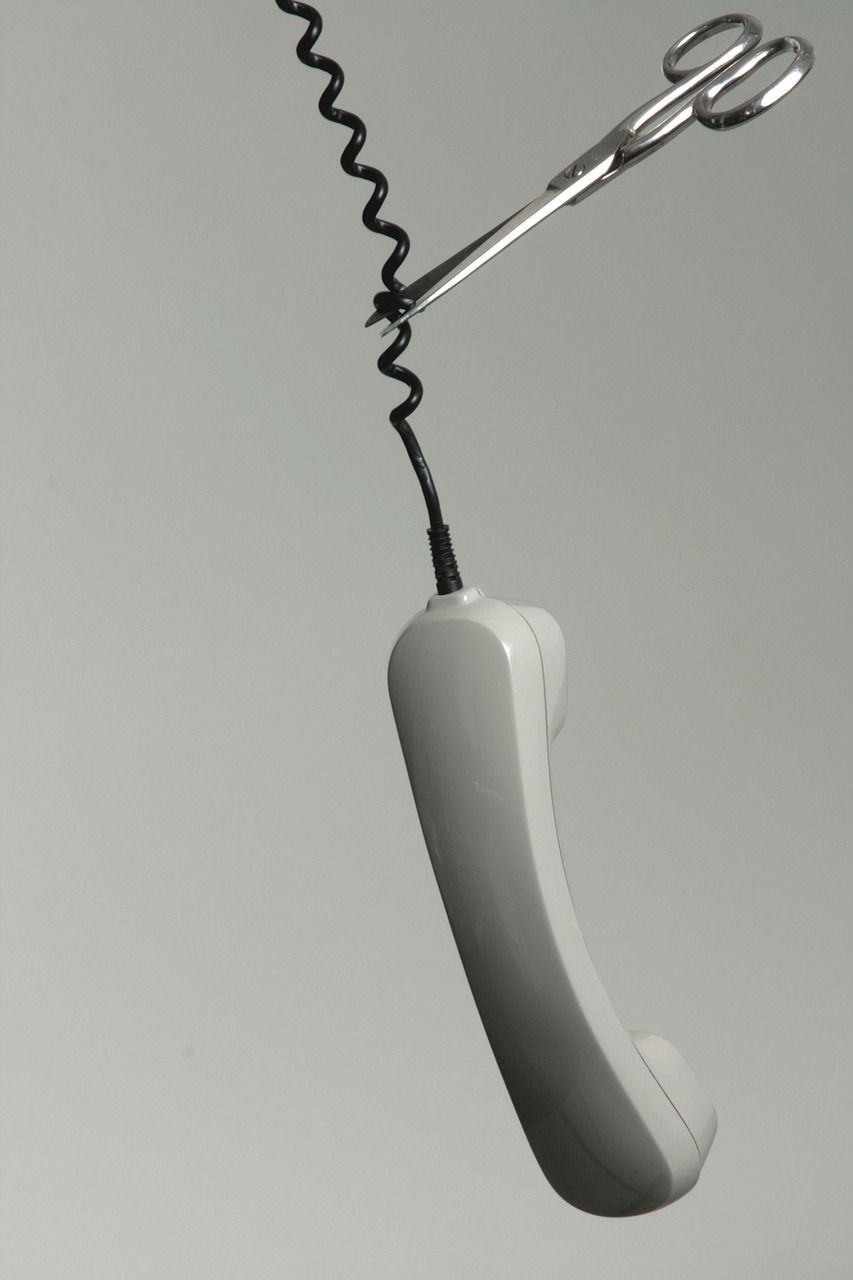Myth: Sea salt is natural so it’s better for you than table salt
While various types of salt may have slightly different properties, they are still essentially the same. First, let’s go over the types of salt.
Table salt : this is the typical salt that you’ll find in the salt shaker. It is derived from salt mines and has a fine grain. It is usually fortified with added iodine and has an anti-caking agent, such as calcium silicate, in it to keep it running freely. Table salt is 99% sodium chloride.
Kosher salt : basically the same as table salt but prepared without iodine or additives. It has a coarser grain than table salt as well.
Pickling salt : has a fine grain as table salt does, but without any iodine or anti-caking agents, which would make the brine cloudy.
Sea salt : this is the salt that remains from evaporating seawater. The unique flavours in sea salts are due to differences in the trace minerals that are found in the various sea waters. Unrefined sea salt is 95-98% sodium chloride, with about 2.5% trace minerals.
As you can see, there is not a whole lot of difference between the types of salt. They are all primarily sodium chloride; and when we advocate reducing “salt” in our diets, what we are really referring to is sodium.
There are plenty of ways to try to cut the sodium down, in addition to using less salt in our cooking. Choose processed foods that have “no added salt” or are “sodium-reduced”, including low sodium canned goods, breads, cereals, cheeses and so on. Use flavourings other than salt, such as garlic, lemon, herbs, and spices.
The following list of seasoning suggestions is from Eatright Ontario :
Beef: bay leaf, mustard powder, sage, thyme, rosemary, garlic, curry powder, nutmeg
Lamb: curry powder, garlic, oregano, thyme, rosemary, mint jelly
Veal: bay leaf, curry powder, oregano, ginger, lemon
Chicken: lemon, garlic, ginger, rosemary, paprika, parsley, sage, thyme, basil, tarragon
Potato: onion, garlic, parsley, chives
Fish: bay leaf, curry powder, mustard powder, lemon, paprika, dill, lemongrass, ginger
Pork: onion, sage, thyme, oregano, black pepper, apple, applesauce
Rice: chives, green pepper, onion, cinnamon, bay leaf, paprika, cumin
Finally, there’s the option of using salt-free seasoning blends or salt substitutes. Salt substitutes are usually made of potassium chloride and may taste somewhat bitter. Before using them, you should check with your doctor to make sure that you do not have any conditions which would warrant avoiding extra potassium.
So health-wise, sea salt and table salt are essentially the same. If you prefer the taste of sea salt, then it is no better or worse for you. The bottom line is that the greater our sodium intake, the greater our chances of developing high blood pressure and heart disease.
Slash the salt. Your heart will thank you for it.













